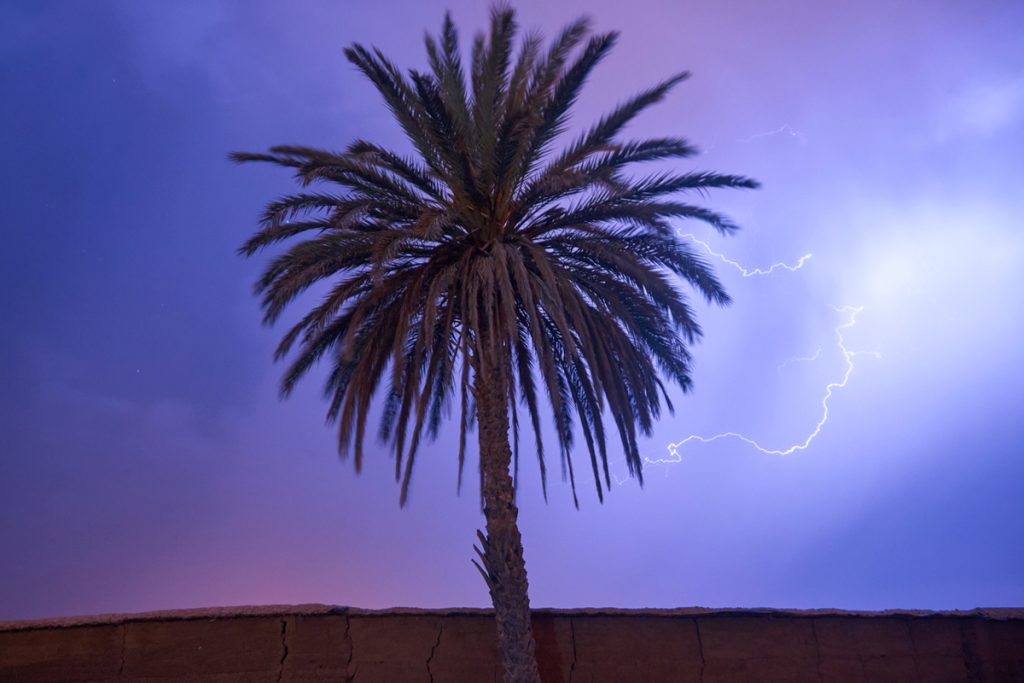Context:
Recently, Odisha state has restricted the cutting of existing palm trees and plans to plant palm trees to reduce casualties from lightning strikes.
About the Initiative:
- According to Odisha’s Government, individuals must seek permission from the forest department before cutting palm trees on private land.
Stringent measures will be enforced against those who disregard this directive. - The Government encouraged officials to initiate extensive palm tree plantations in reserve forests and other susceptible districts to mitigate risks associated with lightning strikes.
- According to the plan, the Government intends to plant approximately 1.9 million palm trees throughout the state during the fiscal year 2024-25.
About Palm Tree:
- Palm trees, including (betel nut) and (coconut palm), are one of the vital tree species of tropical and subtropical regions characterized by a single, unbranched stem topped with a crown of large, fan-shaped or feather-shaped leaves. They thrive in warm climates and are found in regions like Southeast Asia, Africa, the Caribbean, and parts of the Americas.
Common Types:
- Betel nut (Areca catechu) palms reach up to 30 meters, known for their medicinal nuts used in chewing.
- Coconut palms (Cocos nucifera), towering 20 to 30 meters, provide versatile products: edible kernels, oil, and fibers for ropes.
- Date Palm (Phoenix dactylifera): Cultivated for its edible sweet fruit, dates.
- Oil Palm (Elaeis guineensis): Primarily grown for palm oil, which is used in food products, cosmetics, and biofuels.
- Royal Palm (Roystonea): Often used in landscaping for its tall, straight trunk and graceful fronds.
- Areca Palm (Dypsis lutescens): Popular as an ornamental indoor plant.
Previous steps taken by Odisha Government:
- The restriction on felling palm trees in the state was initially imposed under the Odisha Timber and Other Forest Produce Transit Rule, 1980.
- However, the restriction was later withdrawn following public demands, leading to the near extinction of palm trees in rural areas.
Historical background of the issue:
- On average, the state witnessed 300 lightning-related deaths each year. During this period, the state government documented a total of 16,372 fatalities resulting from diverse natural disasters.
- Lightning strikes claim around 2,500 lives annually in India. Odisha is one of India’s worst-affected states by lightning strikes during the pre-monsoon and monsoon periods.
- Lightning was declared a state-specific disaster in Odisha in 2015.
What do experts say on the issue?
- Palm trees are thought to act as natural conductors during lightning strikes, which some experts believe could lower lightning-related deaths.
- However, other experts question the effectiveness of this strategy, and whether palm trees can effectively intercept lightning strikes.
- Similar efforts in Bangladesh have not substantially reduced lightning fatalities.
- Some experts argue that tall trees in general can absorb lightning strikes. They advocate for safeguarding all tall trees, not just palms, to reduce the risk of lightning-related deaths.

